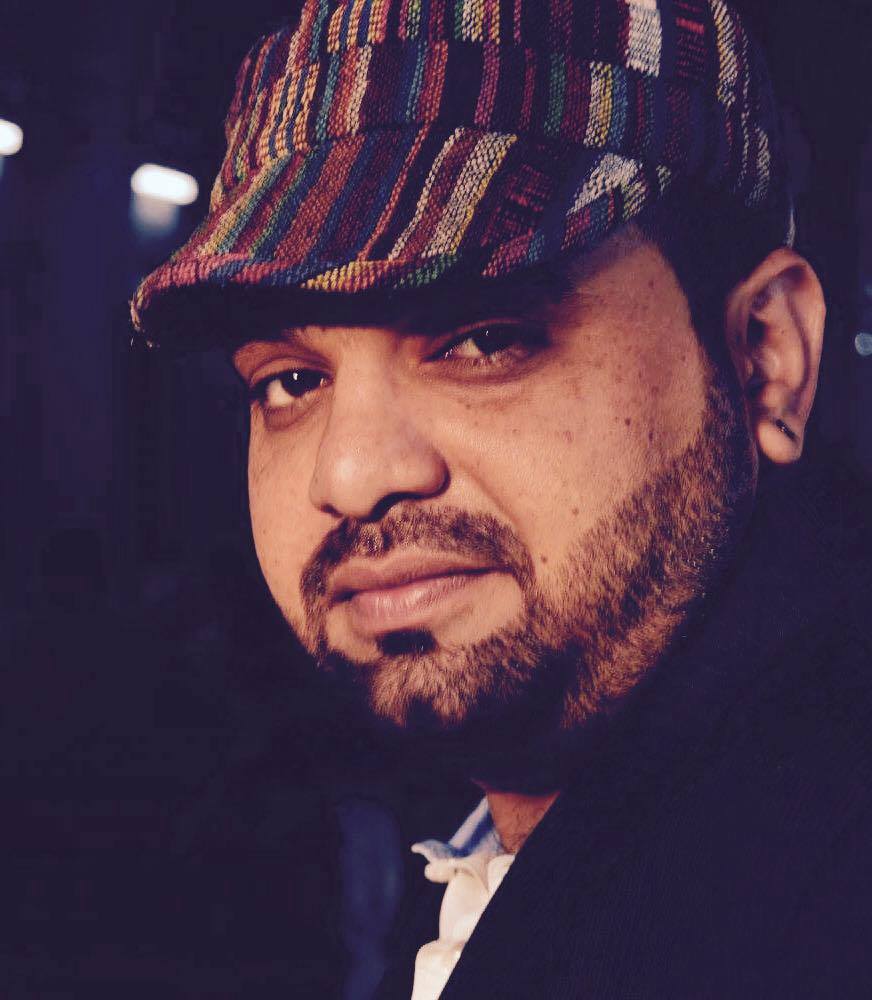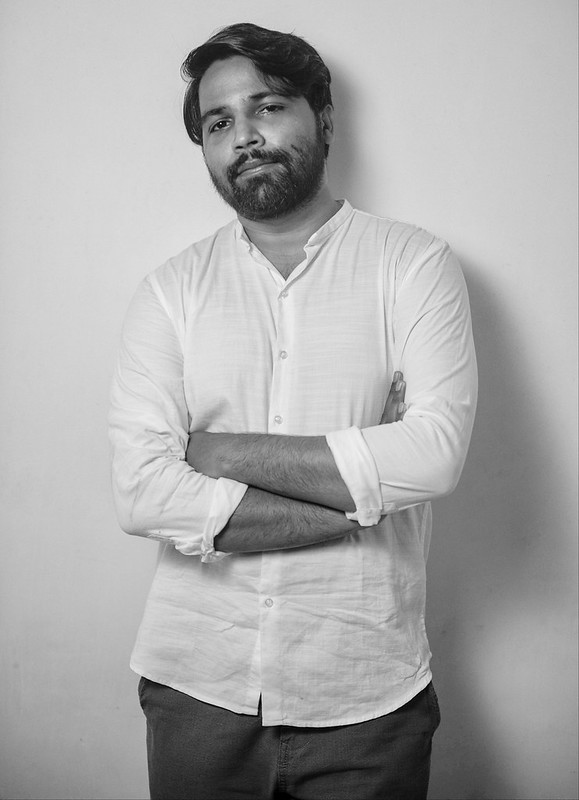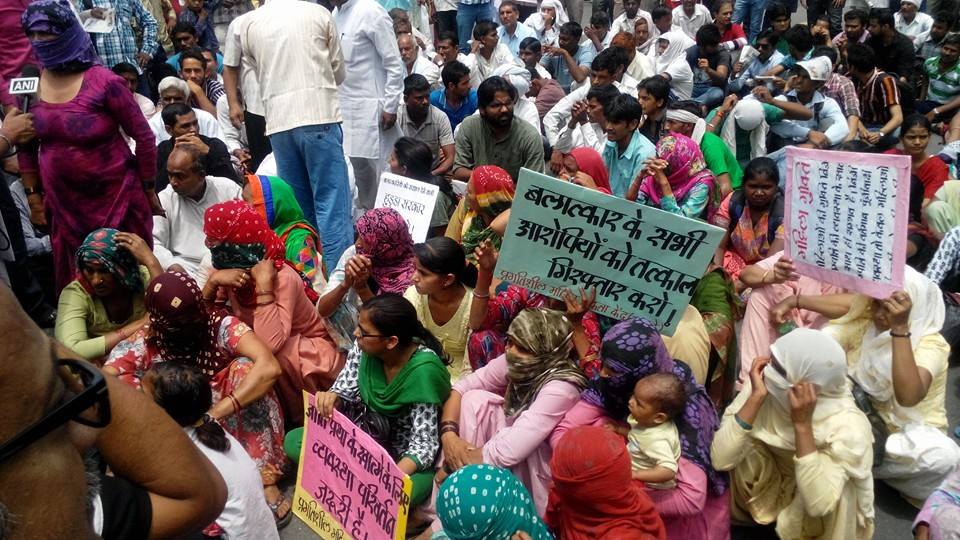Ketaki Chowkhani
Last summer, an 18 year old, 12th Std. student approached me to help him out with a project on caste. He was located at an elite school in a small town in South India, and wanted me to teach him for around 4 months, culminating in a presentation of that project.
I was very enthusiastic and delighted at the opportunity. Fresh from an MPhil in Cultural Studies, I saw this as my chance to pass on readings and ideas I had learnt and come to believe in during my postgraduate studies.
I started off with asking the student about his own personal locations, in matters of caste and discussions around it. It so happened that he was upper caste, in a school with only upper caste and mostly middles class students and teachers. I was very familiar with the school and its politics since I had studied there myself. No one ever talked to us about caste there. There was a resounding silence around it. I was surprised when he came up with the topic. I told him that no one talked about caste in the school spaces because everyone was upper caste. It was like, I explained, in a community full of men, no one will talk about gender or feminism. Or in a community of white people, how no one will talk of race. This was of course, because caste was believed to be ascribed to only lower castes and Dalits and not upper castes, and that they seemed strangely absolved of any caste identity. The middle class, upper caste idea of castelessness was the prevalent norm there.
With this background in mind, we set about reading on caste. But strangely, the young student was not coming from where I was coming from. We started with some questions which the student had: the question of reservations in higher education. He seemed convinced that reservations were not necessary. Frankly, initially I was stumped. Living in a progressive, pro-reservation environment for a few years, I had taken for granted that there was no argument about this. We never dug up the pro and anti-reservations arguments, it was almost commonsense that it was democratic to have reservations. We were rather concerned with more complex and different issues at hand.
Nevertheless, I tried explaining and arguing for, rather poorly, about why reservations were needed. But he was convinced that access to primary education for Dalits was more important rather than reservations at higher education. He gave me the old argument that people like him then lost out on seats at the university. He dug up figures from the internet to tell me that the proportion of reserved seats for SC, ST and OBC was all wrong. How do you argue with figures? I was not prepared for these arguments.
Next, he wanted ‘both sides’ of the story. I said yes, yes. But what was both sides? Did it mean I had to talk to him about Manu and the four varnas? In my mind it seemed obvious that the task at hand was to undo that. But then, ‘balance’ is often pitted against critical pedagogy. I tried to give ‘both sides’ of the story while we read the texts, but as it turned out later, it was not enough.
We also discussed the necessity of talking about caste today. In a scenario reminiscent of race discussions in the US, the student felt he lived in a post-caste and casteless world. Wasn’t reservations enough, hadn’t the lower castes got what they wanted? I reminded him of burning of entire Dalit villages and atrocities on Dalit men and women.

The choice of texts to teach caste to an 18 year old, in that atmosphere was a difficult one. Coupled with that was the limited library resources I had at hand. For instance, I couldn’t get hold of many books I later discovered to be good to teach to someone that age. This also brought me face to face with not only my own limitations and knowledge of the subject, but as well as the lack of a structured pedagogy and material for teaching caste critically in school.
Nevertheless I started with the introduction of No Alphabet in Sight edited by Susie Tharu and K Satyanarayana. We read about importance of 1990s and how Dalit came to be a political category. At the same time, I discussed with him how caste was reconfiguring campus politics and I spoke to him about Dalit, Adivasi, Bahujan and minority student politics on university campuses. It was fun and fascinating to do that. I then brought out Nicholas Dirks’ Castes of Mind and we read the chapter on how colonialism and the census reports went into forming what we see and think to be caste today. I talked about how the categories of SC, ST and OBC were too narrow to capture the innumerable caste groups. The readings by Dirks and Tharu and Satyanarayana went down fine with the student. It was a real joy teaching them.
We also spoke about the idea of castelessness and I told him that not talking about caste or assuming a position beyond caste, like Amitabh Bachchan, was dangerous. It stood to obliterate different caste identities, their cultures, and ways of life. It stood to make hegemonic upper caste ways of life.
Then I brought out the googly text: Kancha Ilaiah’s polemical Why I am not Hindu. We read the portions where Kancha Ilaiah talks about how education, textbooks and the languages in that are alienating to Dalits and how this questions the notion of merit. This too was fine. What upset my student the most were the portions on the Hindu Gods and Goddesses as opposed to the Dalit Gods. He found that unacceptable.
His discomfort was understandable. It was something he had never imagined- something that shook his beliefs to the core. We read a few more things after that and wrapped up the project.
On the day of the presentation, in a room full of people, he spoke of his project. At one point he came to the controversy of reservations. He asked the audience: who believes in reservations? Only 3 or 4 hands, (including mine and another student of mine and a couple of others) went up. I shouldn’t have been surprised. But I was aghast. I was in a room full of people, students and teachers whom I respected, who were blatantly anti-reservation. What surprised me more was that after all those months of readings, the student’s stand on reservations hadn’t changed. Somewhere I felt I had failed in getting across some important ideas.
But then when I reflected on it later, I realised, that the student’s stand was not surprising. In a social space where everyone around him was upper caste and where there was a general hatred to reservations and a non-engagement with pro-Dalit or even pro-minority issues, I could not expect one student to stand up in a room full of peers and take a different stand or to even change his mind in 4 months. It reminded me of my own times there, especially when in 2006, the OBC reservations were implemented, how we all agreed that it was wrong, and how it took me years of university education to change that opinion. It reminded me of conversations with fellow students who were miffed on how hard it was to get seats in postgraduate programs and on the problem of reservation: all of them were invariably upper caste. I also realised that in such a situation, the middle class upper caste resolution to the situation of reservations seemed a higher education abroad.
Teaching about caste in an upper caste space, it was clear that the two ideas which upset the status quo most were reservations in higher education and the questioning of the Hindu Gods. Every other argument seemed alright and well taken, save these two- which were deeply personal and political to the student. More importantly I realised the need to teach and talk about caste in middle class and upper caste spaces more than ever. I realised the difficulties of doing it and the lack of a pedagogy for doing it as well as the difficulty of getting across complex ideas to a younger audience.
~~~
Ketaki Chowkhani is a PhD student at the Advanced Center for Women’s Studies, Tata Institute of Social Sciences, Mumbai.
Cartoon by Unnamati Syama Sundar.









